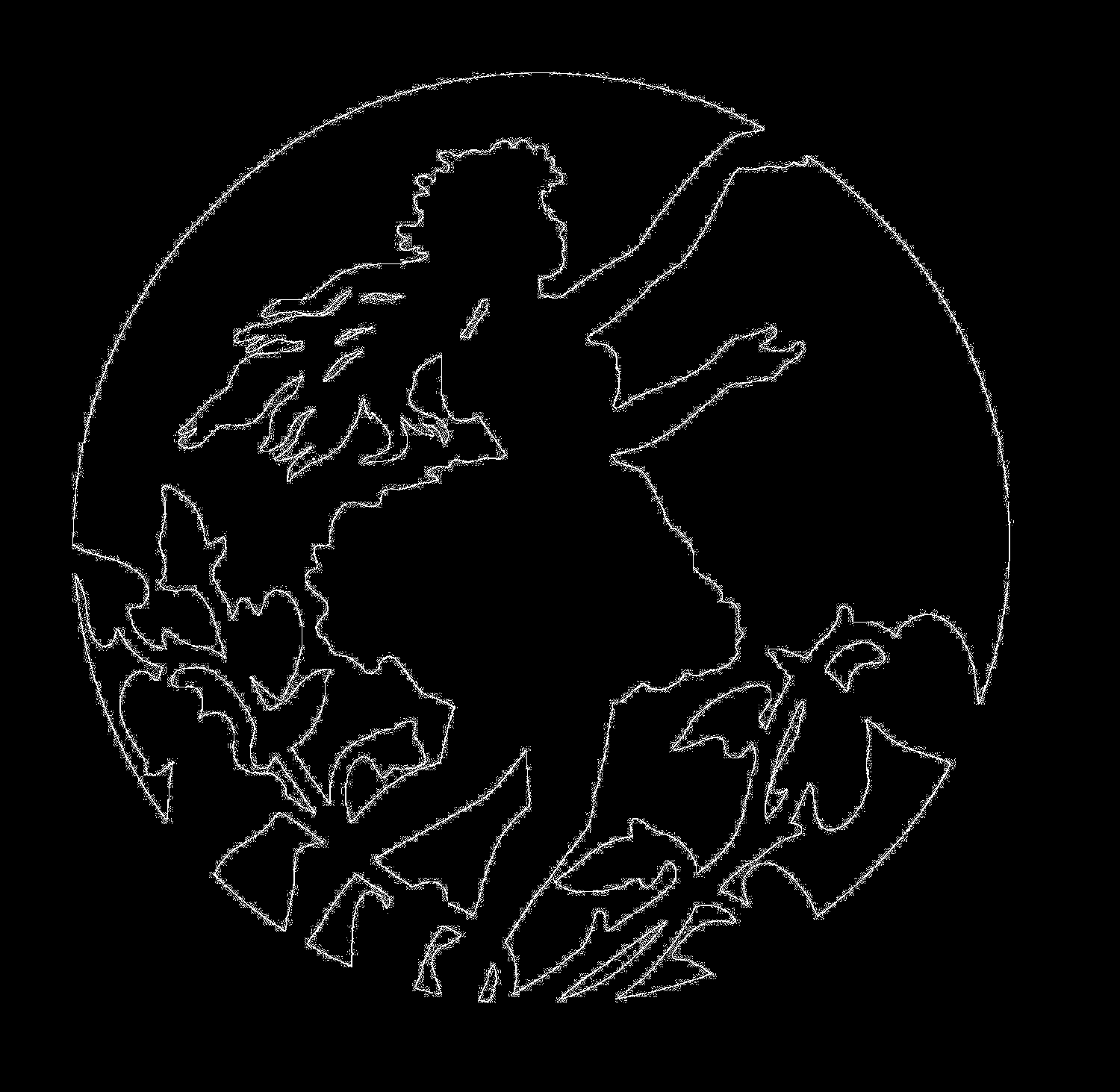
ac-13
Members-
Posts
13 -
Joined
-
Last visited
Profile Information
-
Gender
Male
-
Location
Malaysia
Recent Profile Visitors
The recent visitors block is disabled and is not being shown to other users.
-
Channels
ac-13 replied to DannyBCreative's topic in Pre-V2 Archive of Affinity on Desktop Questions (macOS and Windows)
Among the original set of Affinity Photo tutorials, there were several on the subject of Channels. The tutorial on Channel Packing might be helpful for your query. https://forum.affinity.serif.com/index.php?/topic/10119-legacy-official-affinity-photo-desktop-video-tutorials/&do=findComment&comment=43458 -
If you have Affinity Photo as well as Publisher, the Inpainting Brush Tool in Photo can be used. I did the attached quite quickly, inpainting on a new layer, and doing it one letter or period at a time. A little bit blotchy maybe but with more time and care could be improved. If you only have Publisher, you could "overwrite" the text you don't want with a shape or shapes filled with a colour similar to the background (use eyedropper tool for that).
-
 walt.farrell reacted to a post in a topic:
I'm having trouble pasting with cut and paste using AffinityPhoto macros.
walt.farrell reacted to a post in a topic:
I'm having trouble pasting with cut and paste using AffinityPhoto macros.
-
I have a HP Deskjet 2060 K110 Printer/Scanner and I also have experienced the problem that @Serbidan has, Affinity Publisher and Affinity Photo cannot open the PDF file produced by the scan. Also cannot use the Place command to put a scanned PDF into a document. It hasn't mattered very much to me so I have not raised a query in the forums, but recently had the problem and wondered if anyone else had reported it, and found this Topic. Tengo una impresora / escáner HP Deskjet 2060 K110 y también he experimentado el problema que tiene @Serbidan, Affinity Publisher y Affinity Photo no pueden abrir el archivo PDF producido por el escaneo. Tampoco se puede utilizar el comando Colocar para colocar un PDF escaneado en un documento. No me ha importado mucho, así que no he planteado ninguna consulta en los foros, pero recientemente tuve el problema y me pregunté si alguien más lo había informado y había encontrado este tema. I checked the PDF Version of my scanned file using an online hex editor/viewer and it shows in the file header as PDF-1.3.1. The file that @Serbidan provided also shows as PDF-1.3.1. I suspect this is the problem, as version 1.3 is quite an old version. Verifiqué la versión PDF de mi archivo escaneado usando un editor / visor hexadecimal en línea y se muestra en el encabezado del archivo como PDF-1.3.1. El archivo que proporcionó @Serbidan también se muestra como PDF-1.3.1. Sospecho que este es el problema, ya que la versión 1.3 es bastante antigua.
-
 Zucca reacted to a post in a topic:
Make the black part light gray in a black and white image
Zucca reacted to a post in a topic:
Make the black part light gray in a black and white image
-
I downloaded your image and did the following: Convert to Greyscale Add a Curves Adjustment layer - see screen shot- drag the left-hand bottom (Black) node about halfway up the left side Set the Blend Mode of the Curves Adjustment to Negation Use the Blend Ranges option on the Curves Adjustment layer - the cogwheel shown on the layers Panel beside the Blend Mode - and set these as per the second screen shot, with the Underlying Composition Ranges dragged down to zero (bottom) about 50% of the way along Trousers are greyer than original, maybe not as light as you want though...
-
I had a go at this with your image using Affinity Photo and came up with the following: Apply a High-Pass Live Filter to the original - Radius 0 px, Monochrome unchecked, Blend Mode = Negation This gave an image mostly mid-grey but with edges, including much of the outer circle, much brighter. Merged the image layer with the live filter layer to give a pixel layer Applied a Threhold Adjustment Layer to that pixel layer, with the threshold value nudged up minimally to 51% from 50%, Blend Mode = Normal This gave an image almost entirely Black but with white outline edges.
-
saturation brushes
ac-13 replied to cadwr's topic in Pre-V2 Archive of Affinity on Desktop Questions (macOS and Windows)
A non-destructive way to "paint in" saturation changes is: Add New Layer on top of the base layer you want to modify. This new layer will be transparent. No visible change. Set Blend Mode of new layer to Saturation. Still no visible change. On Color Panel, set the 2 colours so that one has 0% Saturation and the other has 100% Saturation. Select the new layer in the layers panel. Choose Paint Brush Tool and set Hardness to 100% but Opacity to a very low value, say 5%. Paint onto the new layer, using the Color Panel swap to alternate between the 2 colours according to whether you want to decrease or increase the saturation. Each stroke should modify the saturation slightly so you can build up to greater changes step by step. And you can use Erase Brush Tool to undo the effect in any area.- 7 replies
-
- saturation
- dodge
-
(and 2 more)
Tagged with:
-
I thought the Threshold Adjustment might help with this and had a go at doing this with your image. 1. Original image was 1130 X 724 with transparent strips at left and on top. These caused me problems during the following steps so I started again by removing these areas out of the image. Did this by Resize Canvas and then rasterizing. Result was 1114 X 702. 2. Duplicated the Background layer, renamed it Work for clarity. 3. Added a Threshold Adjustment to the Work layer, setting the Threshold value to 99%. The white areas remained white, everything else became black. 4. Dragged the Threshold Adjustment layer into the Work layer. 5. In Layers panel, selected the Work layer, then used the Flood Select Tool ("magic wand") to select the white areas on the layer. Used a Tolerance of 1 or 2 % and unticked Contiguous. 6. From the menu, Select -> Invert Pixel Selection. This selected everything except the white areas, i.e. the letters 7. In Layers panel, hid the Work layer, selected the Background layer and then Duplicated it. This creates\d a layer from the Background layer, but, because the selection was still in effect, only the coloured letters were in it, all else was transparent. I think this is what you were aiming for.
-
 Raymond Larabie reacted to a post in a topic:
Working with channels
Raymond Larabie reacted to a post in a topic:
Working with channels
-
One way to bring in a Channel from another image is to use Apply Image filter. The terminology is that the image which you want to edit, the image into which you want to place a channel taken from another image, is the Destination D. The image from which this channel is taken is the Source S. Open Destination image. Then Filters -> Apply Image. Click on Load Image, and a file selector window will open. Locate your Source image file, then Open. Ensure that Scale Horizontally to Fit and Scale Vertically to Fit are ticked (should be by default). Tick Equations, and the next section of the dialog will appear instead of being greyed out. Ensure Equation Color Space is RGB. The 4 equation lines below are for DR, DG, DB and DA. These are the D(estination) R(ed), B(lue), G(reen) and A(lpha) respectively. Set DR = DR and DB = DB and DA = DA - keeping the Red and Blue and Alpha Channels on the Destination image equal what they were before. Set DG = SR This sets the Green Channel on the Destination image to equal the Green Channel from the Source image. The James Ritson tutorial on Apply Image - Equations shows this feature in action.
-
Downloading tutorials
ac-13 replied to don1950's topic in Pre-V2 Archive of Affinity on Desktop Questions (macOS and Windows)
Vimeo as it presented on my android phone didn't show the Download button. So I used an app called KeepVid to download many of these tutorials to my phone, think it is also available for iphone. -
 dmstraker reacted to a post in a topic:
Select by saturation/saturation mask?
dmstraker reacted to a post in a topic:
Select by saturation/saturation mask?
-
When this thread and the tutorial with the solution were posted by @dmstraker, back in December, I read them with interest. Around that period there were also some posts about the use of Equations in AP. As H, S and L can be derived from R, G, B as formula calculations, I thought it could be possible to build a saturation mask in this way, with Apply Image. Details of the calculations were from Rapidtables RGB to HSL Converter The calculations are as follows: R,G,B = Red,Green,Blue as values in range 0 -> 1 - so divide ordinary R,G,B by 255 L(ightness) = ((Max(R,G,B)+Min(R,G,B))/2) Delta = (Max(R,G,B)-Min(R,G,B)) S(aturation) = Delta / (1-Abs((2*L)-1)) Having selected the layer required, Filters -> Apply Image ->Use Current Layer as Source then tick Equations, and ensure Color Space is RGB. In terms of SR, SG and SB, S(aturation) = (Max(SR,SG,SB)-Min(SR,SG,SB))/(1-Abs((2*((Max(SR,SG,SB)+Min(SR,SG,SB))/2))-1)) and so set Destination R, G and B all to that value DR, DG and DB = (Max(SR,SG,SB)-Min(SR,SG,SB))/(1-Abs((2*((Max(SR,SG,SB)+Min(SR,SG,SB))/2))-1))





